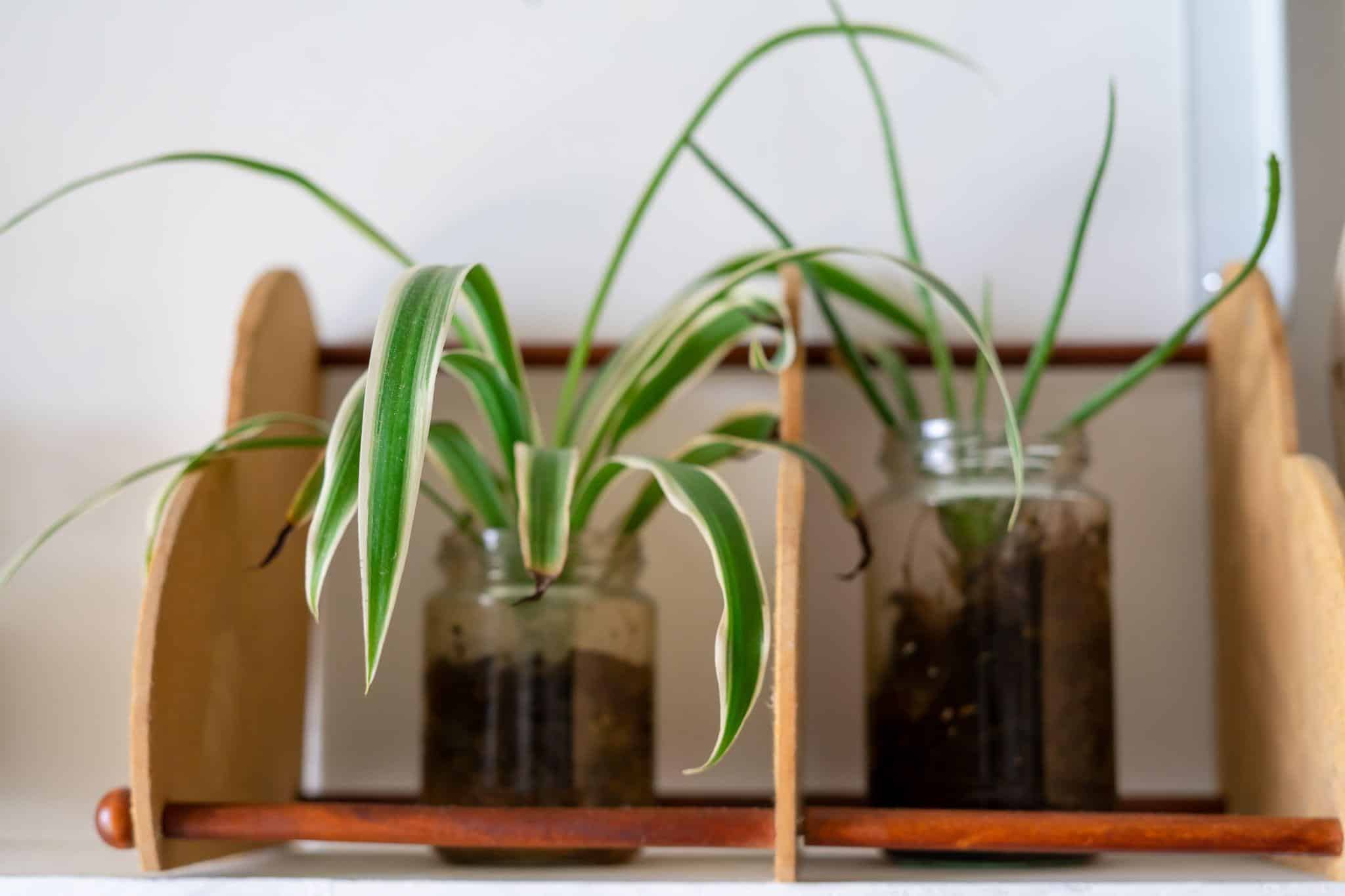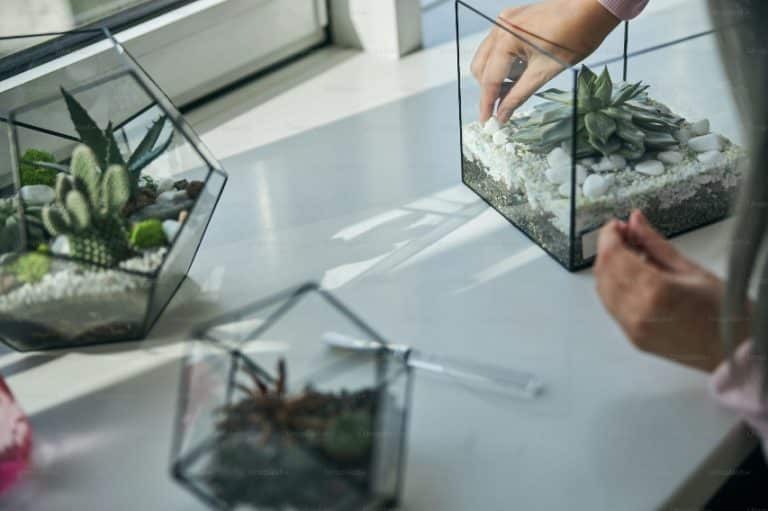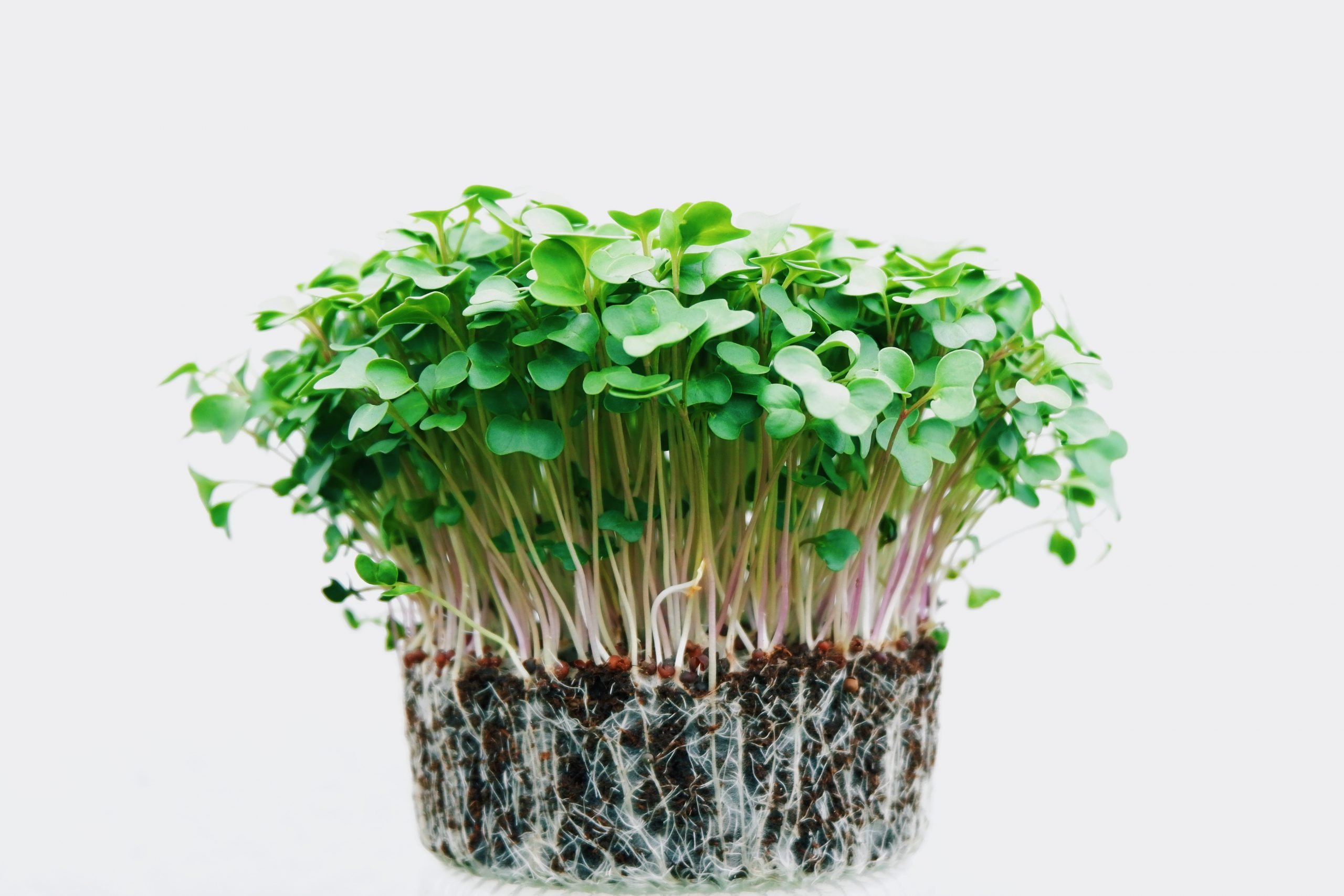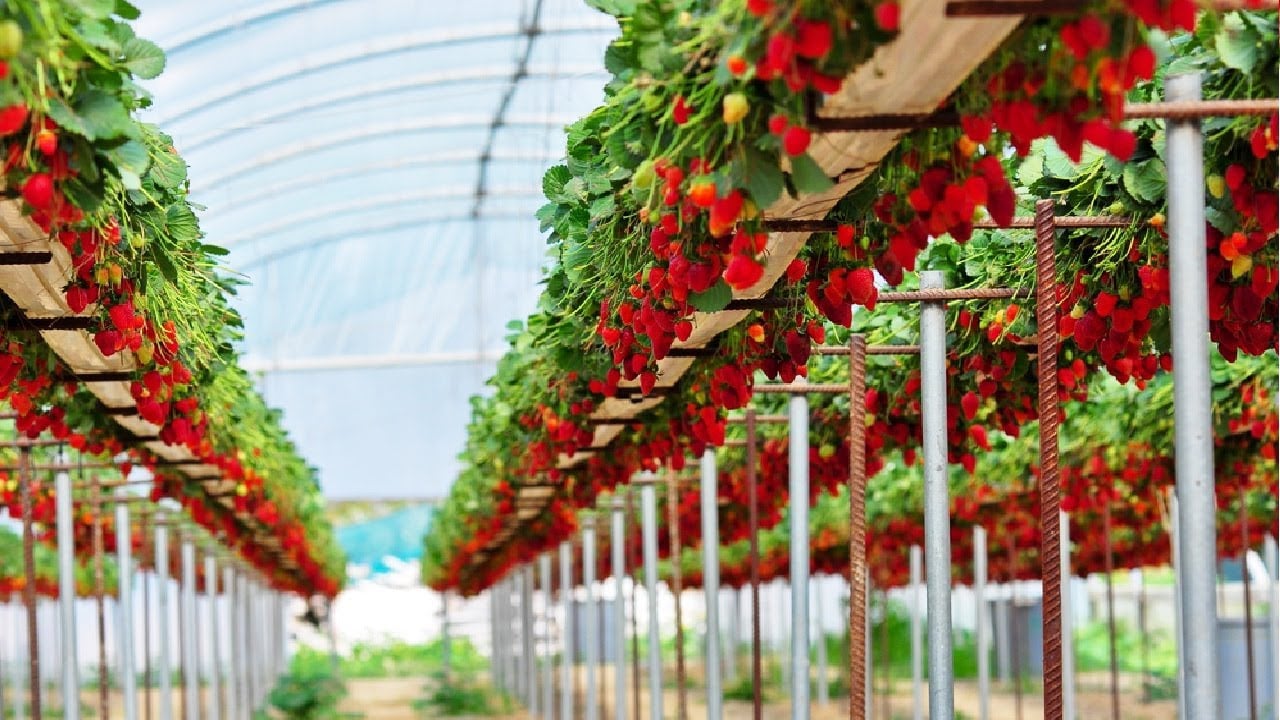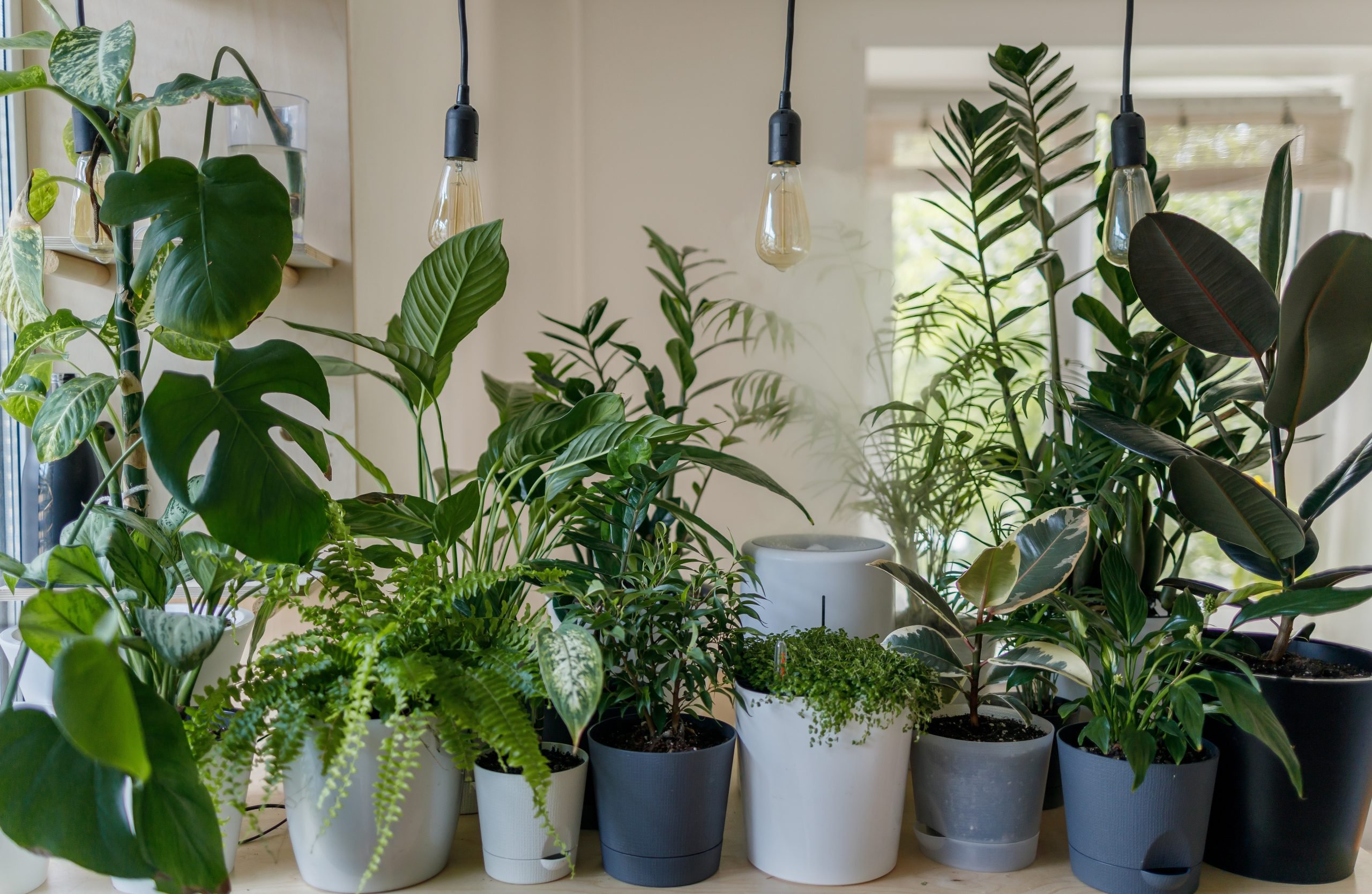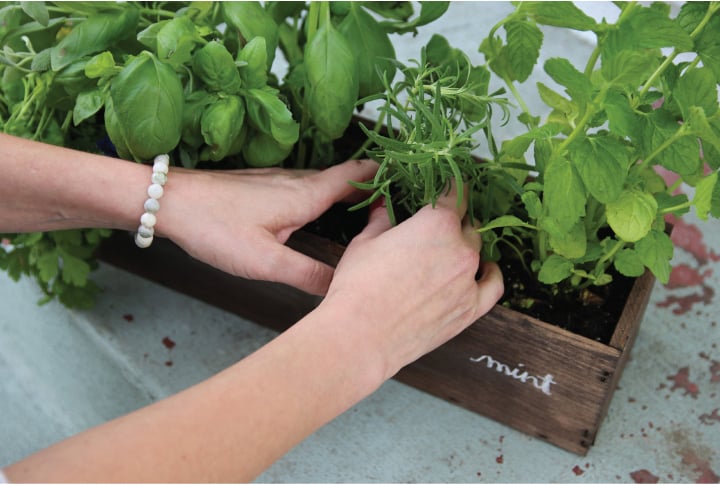The Perfect (And Not So Perfect) Plants for Your Bathroom
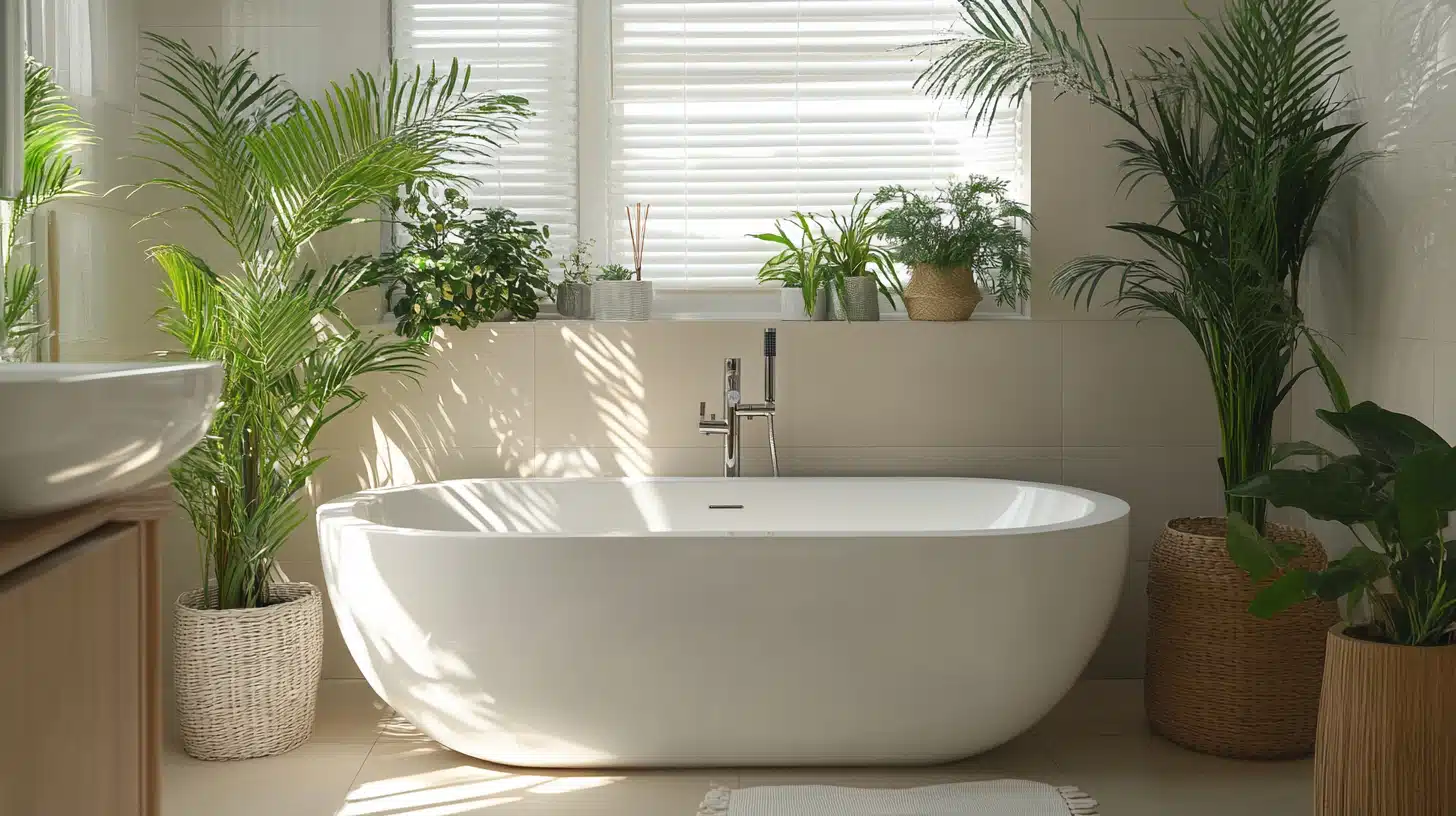
Table of Contents
Choosing the right plants for your bathroom can enhance the ambience of the space, improve air quality and add a touch of floral style and glamour – while selecting unsuitable ones may lead to problems for your indoor garden.
Here’s a detailed look at 5 good and 5 bad plant choices for your bathroom to make the most of this plant-friendly space.
5 Good Plants for Bathrooms
1. Snake Plant (Sansevieria trifasciata)
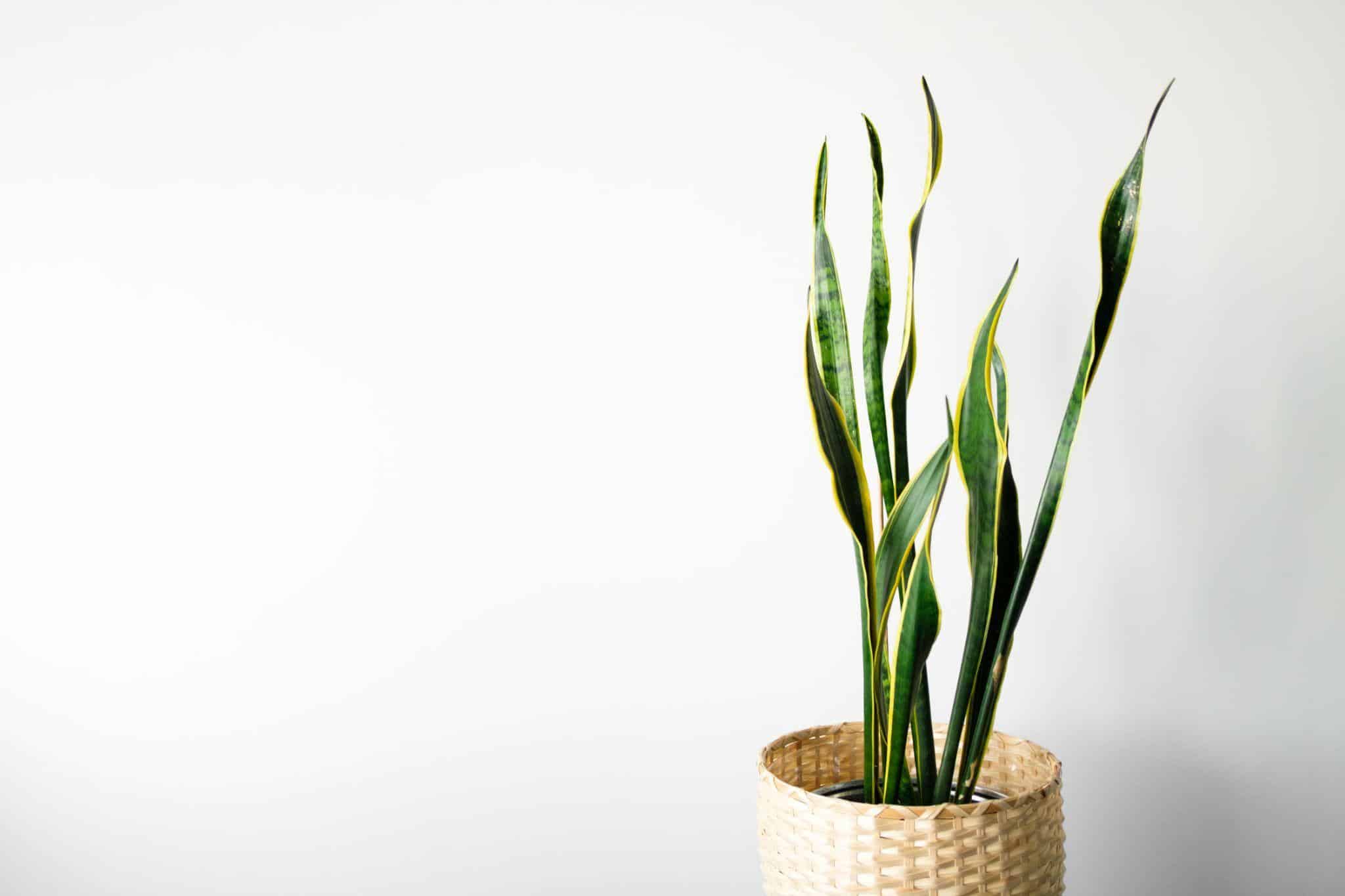
Snake plants are excellent bathroom companions due to their ability to thrive in high humidity and low light conditions.
These hardy plants can tolerate infrequent watering and even do well in lower temperatures, making them ideal for bathrooms with varying conditions.
Snake plants are also known for their air-purifying qualities, helping to remove harmful toxins from the air.
Benefits:
- Tolerates low light and high humidity
- Requires minimal care
- Improves air quality
2. Peace Lily (Spathiphyllum)
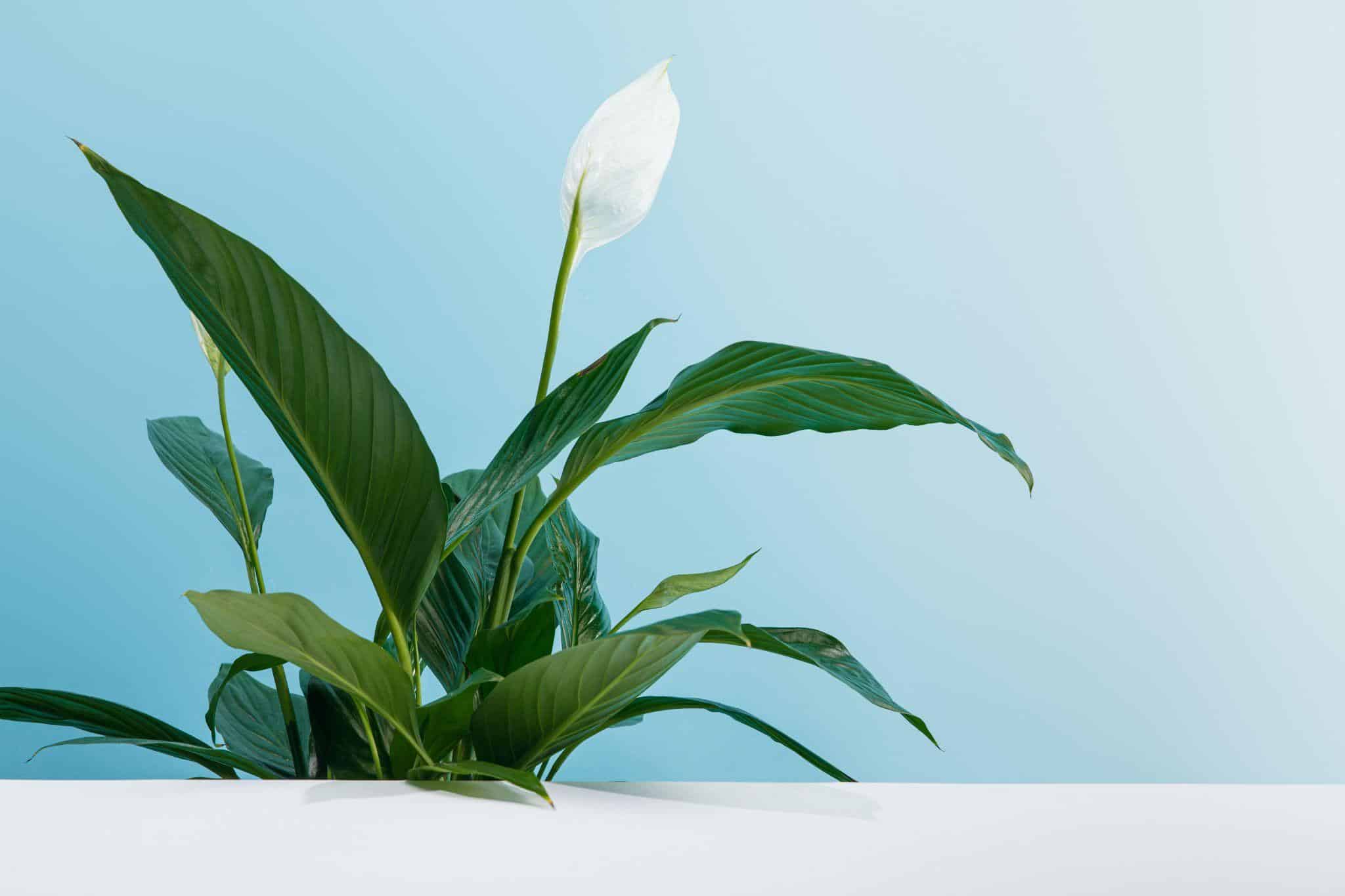
Peace lilies are attractive plants that flourish in bathroom environments. They thrive in high humidity and can tolerate low light conditions, though they do prefer indirect light.
These plants are known for their ability to absorb excess moisture from the air, making them excellent choices for reducing bathroom humidity – perfect for bathrooms without windows.
Benefits:
- Absorbs excess moisture
- Tolerates low light conditions
- Adds visual appeal with white flowers
3. Boston Fern (Nephrolepis exaltata)
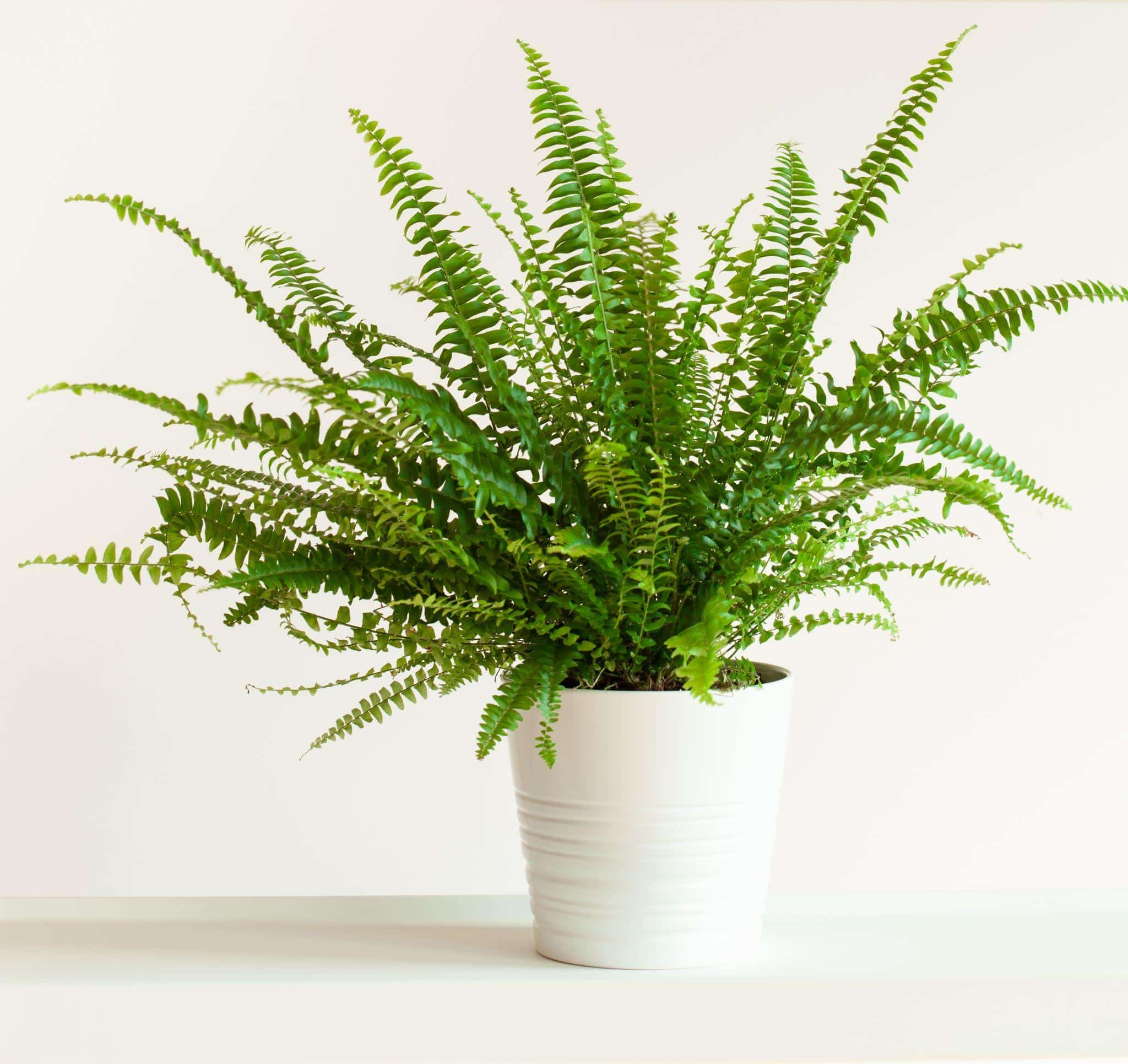
Boston ferns are ideal for bathrooms with bright, indirect light and high humidity. These lush, green plants can help create a Scandi-style, spa-like atmosphere in your bathroom.
They require regular watering and high humidity to thrive, making them perfect for well-used bathrooms with steamy showers.
Benefits:
- Thrives in high humidity
- Creates a lush, tropical ambiance
- Helps purify the air
4. Spider Plant (Chlorophytum comosum)
Spider plants are versatile and easy to grow, making them excellent choices for bathrooms.
They can handle high humidity levels and tolerate a range of light conditions, from low to bright indirect light.
Spider plants are also known for their air-purifying abilities and are non-toxic, making them safe for homes with pets.
Benefits:
- Adaptable to various light conditions
- Tolerates high humidity
- Safe for pets and easy to propagate
5. ZZ Plant (Zamioculcas zamiifolia)
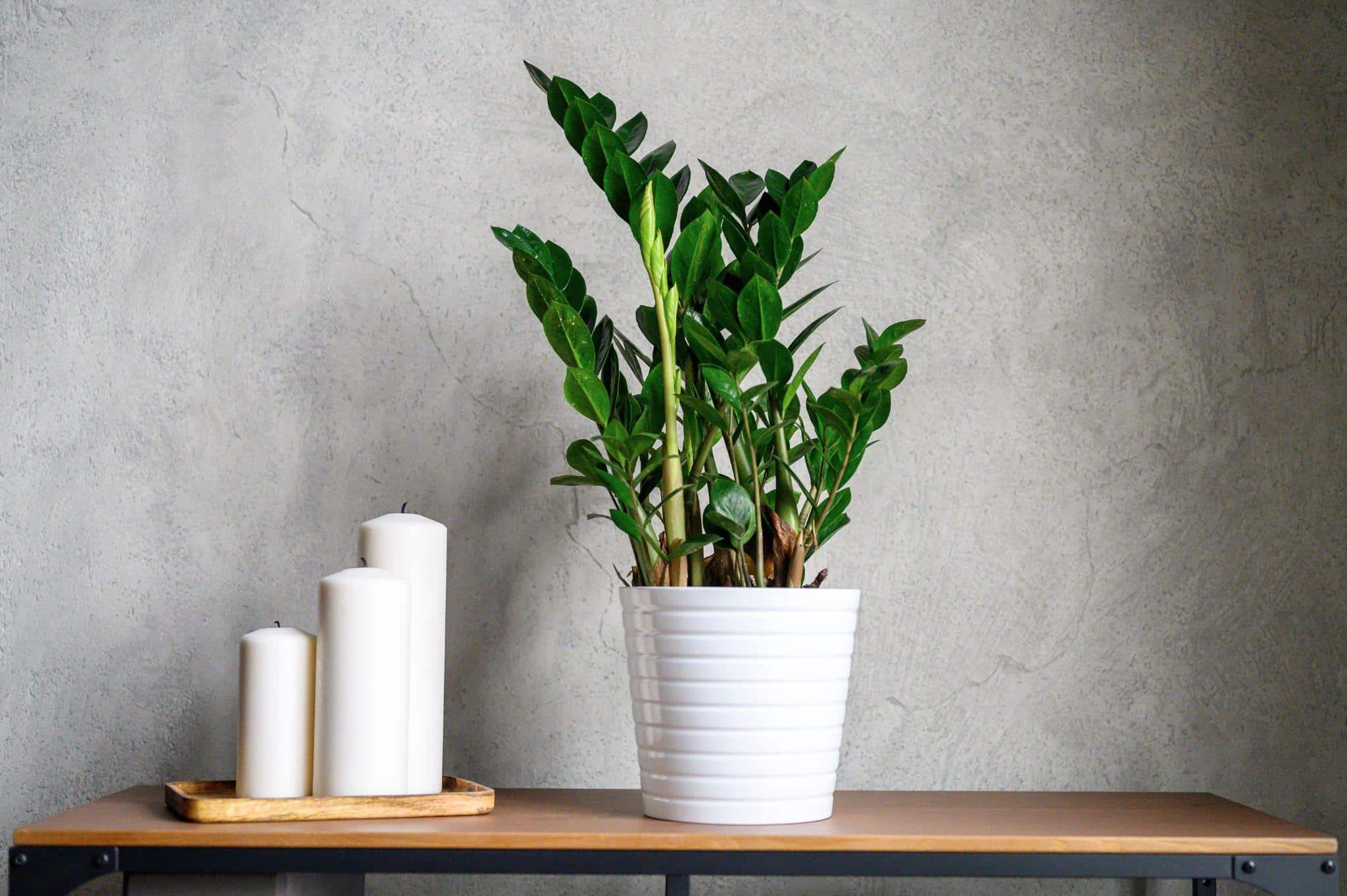
ZZ plants are incredibly hardy and can thrive in challenging conditions, including low light and with infrequent watering.
This makes them perfect for bathrooms that may not receive much natural light or for those who might forget to water regularly.
Their glossy leaves add a touch of elegance to any bathroom decor.
Benefits:
- Extremely low maintenance
- Tolerates low light conditions
- Adds a sleek, modern aesthetic
5 Plants that are Bad for Bathrooms
1. Cacti and Most Succulents
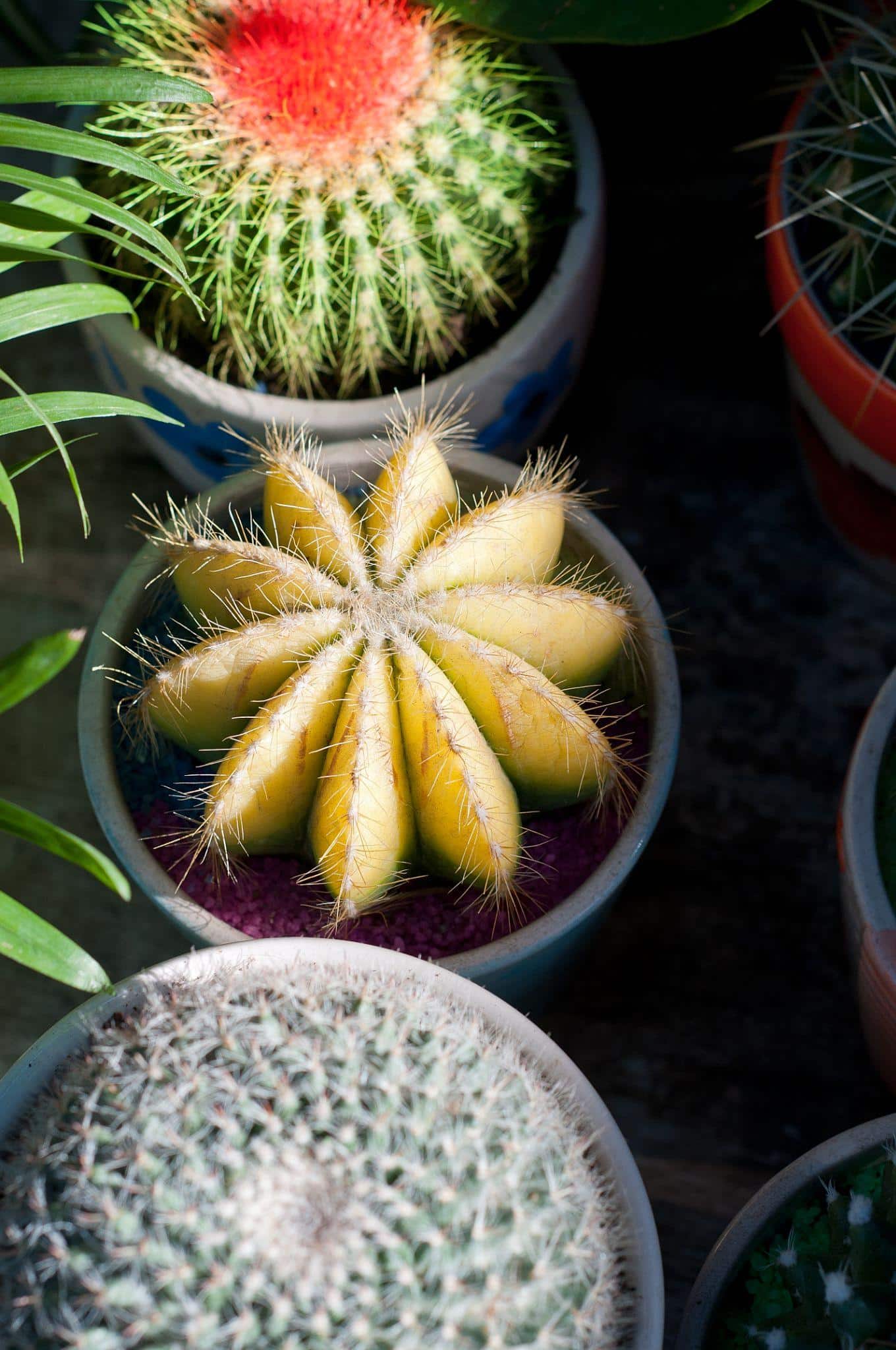
While popular as low-maintenance houseplants, cacti and most succulents are not suitable for bathroom environments.
These plants are adapted to dry, arid conditions and can suffer from root rot in the high humidity of a bathroom.
The excess moisture can also lead to fungal growth and the plant’s eventual death.
Pitfalls:
- Prone to root rot in high humidity
- May develop fungal issues
- Unsuited for typical bathroom conditions
2. Fiddle Leaf Fig (Ficus lyrata)
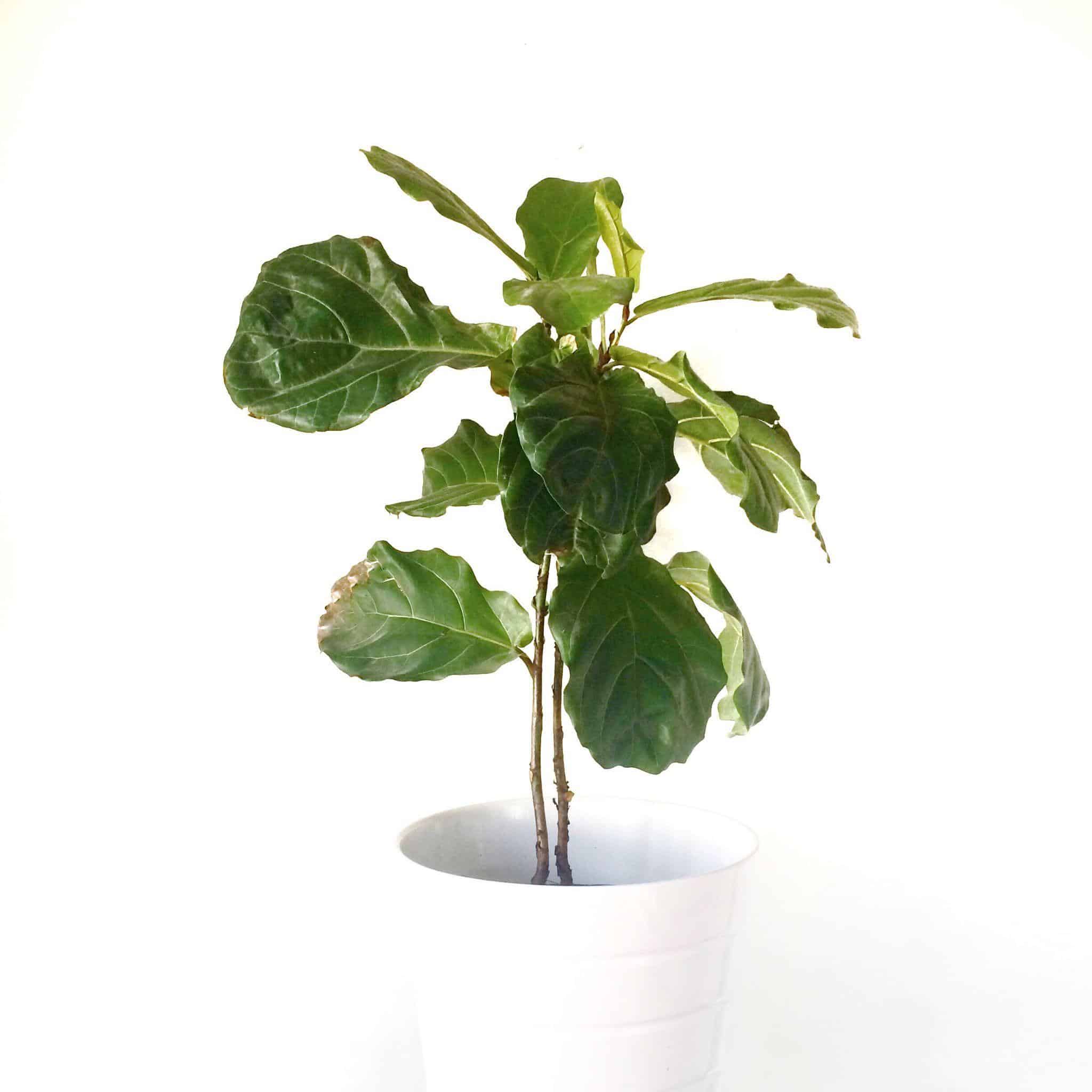
Despite their popularity as indoor plants, fiddle leaf figs are not well-suited for bathrooms.
These plants prefer consistent conditions and can be sensitive to temperature fluctuations and high humidity and could soon dry out from heat from your bathroom radiator.
The varying conditions in a bathroom can lead to leaf drop and overall poor health of the plant.
Pitfalls:
- Sensitive to temperature changes
- Dislikes excessive humidity
- Prone to leaf drop in unstable conditions
3. Lavender
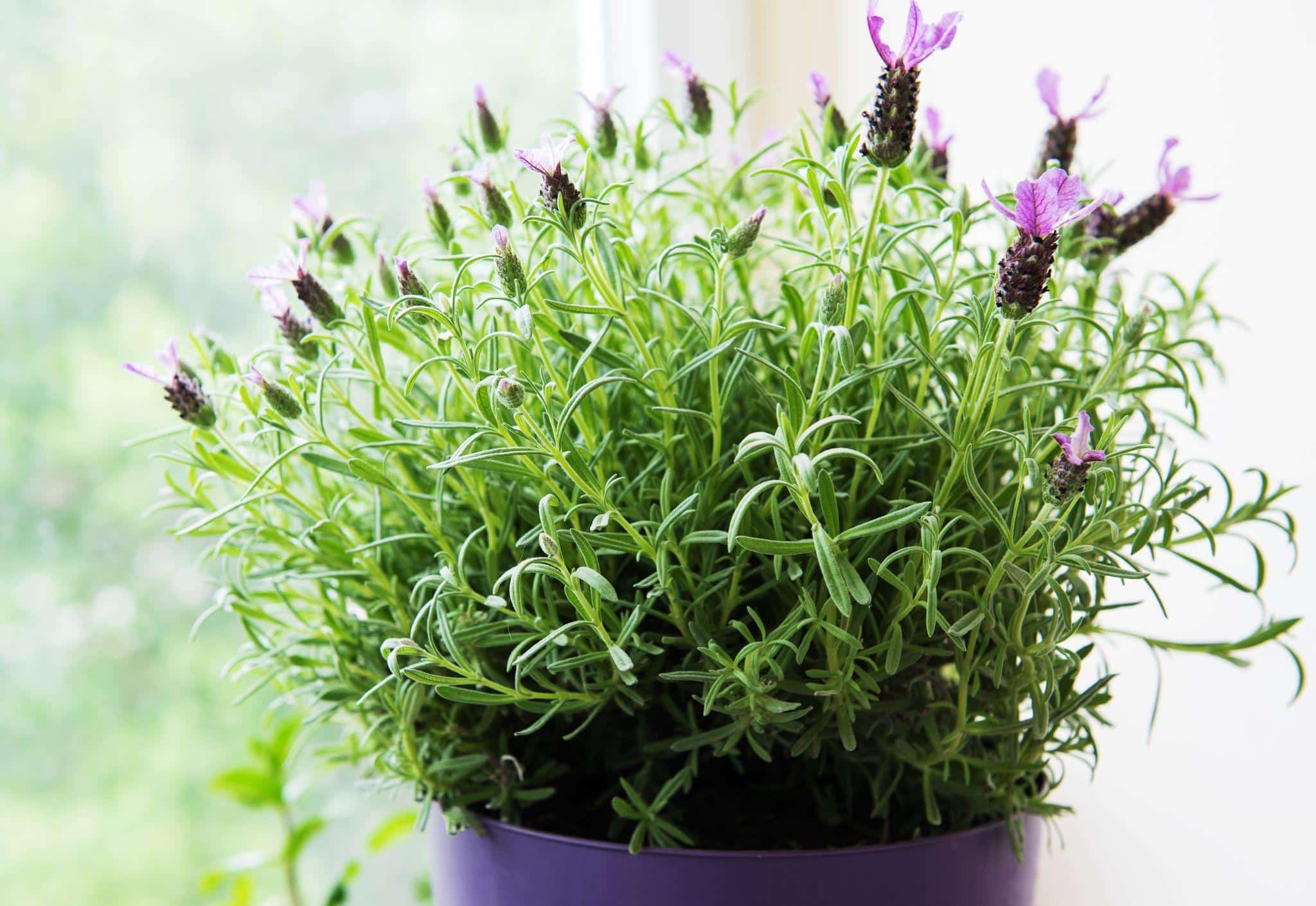
While lavender has a pleasant scent that might seem appealing for a bathroom, it’s not a good choice for this environment.
Lavender prefers dry, sunny conditions and well-draining soil. The high humidity and potential lack of direct sunlight in a bathroom can lead to fungal issues and poor growth.
Pitfalls:
- Requires dry conditions and full sun
- Prone to fungal issues in high humidity
- May not bloom properly in low light
4. Gardenia
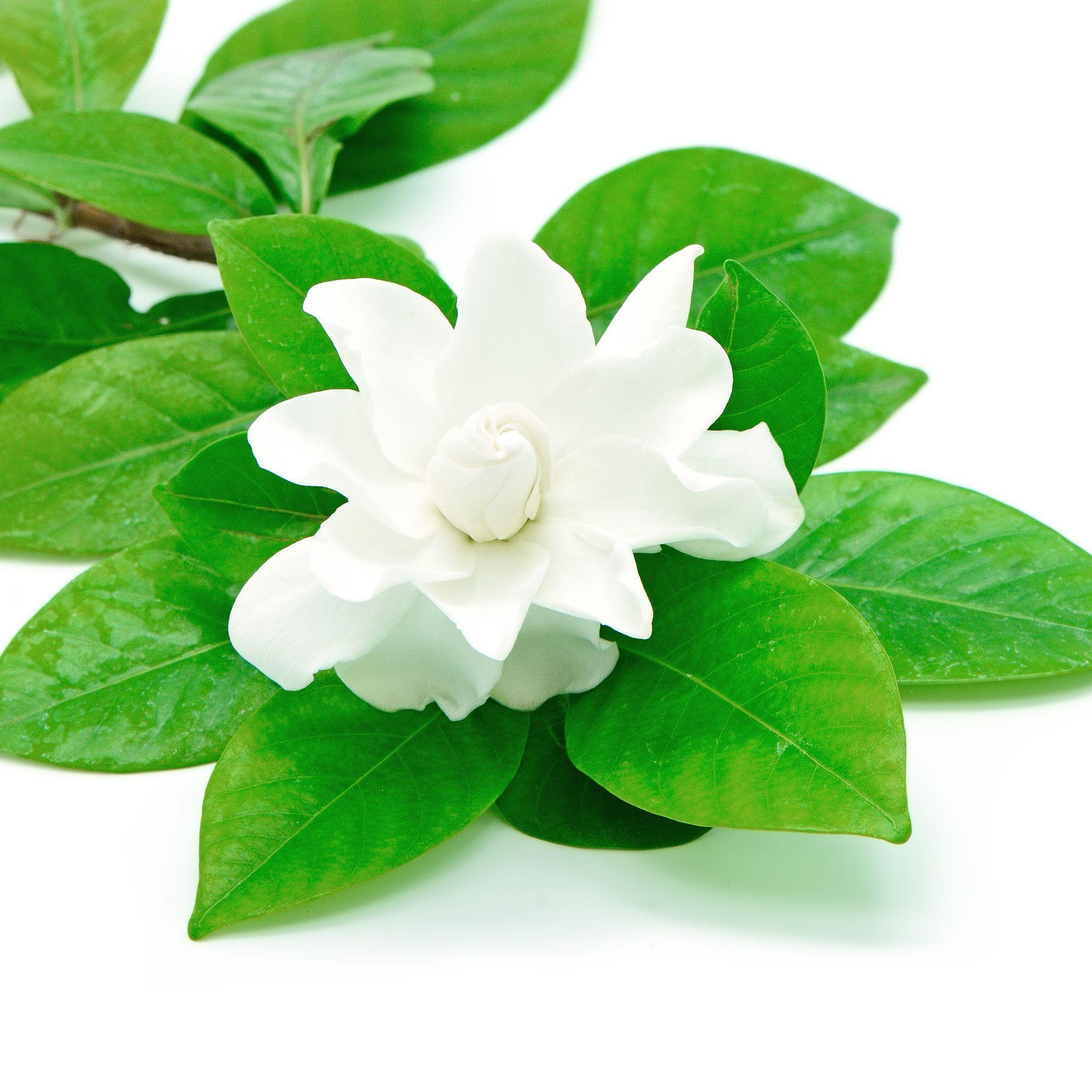
Gardenias are beautiful, fragrant plants that require specific care conditions. They prefer cooler temperatures, high humidity, and bright, indirect light.
While the humidity in a bathroom might seem suitable, the fluctuating temperatures and potential lack of adequate light can stress the plant, leading to bud drop and failure to bloom.
Pitfalls:
- Sensitive to temperature fluctuations
- Requires specific light conditions
- Prone to bud drop in unstable environments
5. Orchids (most varieties)
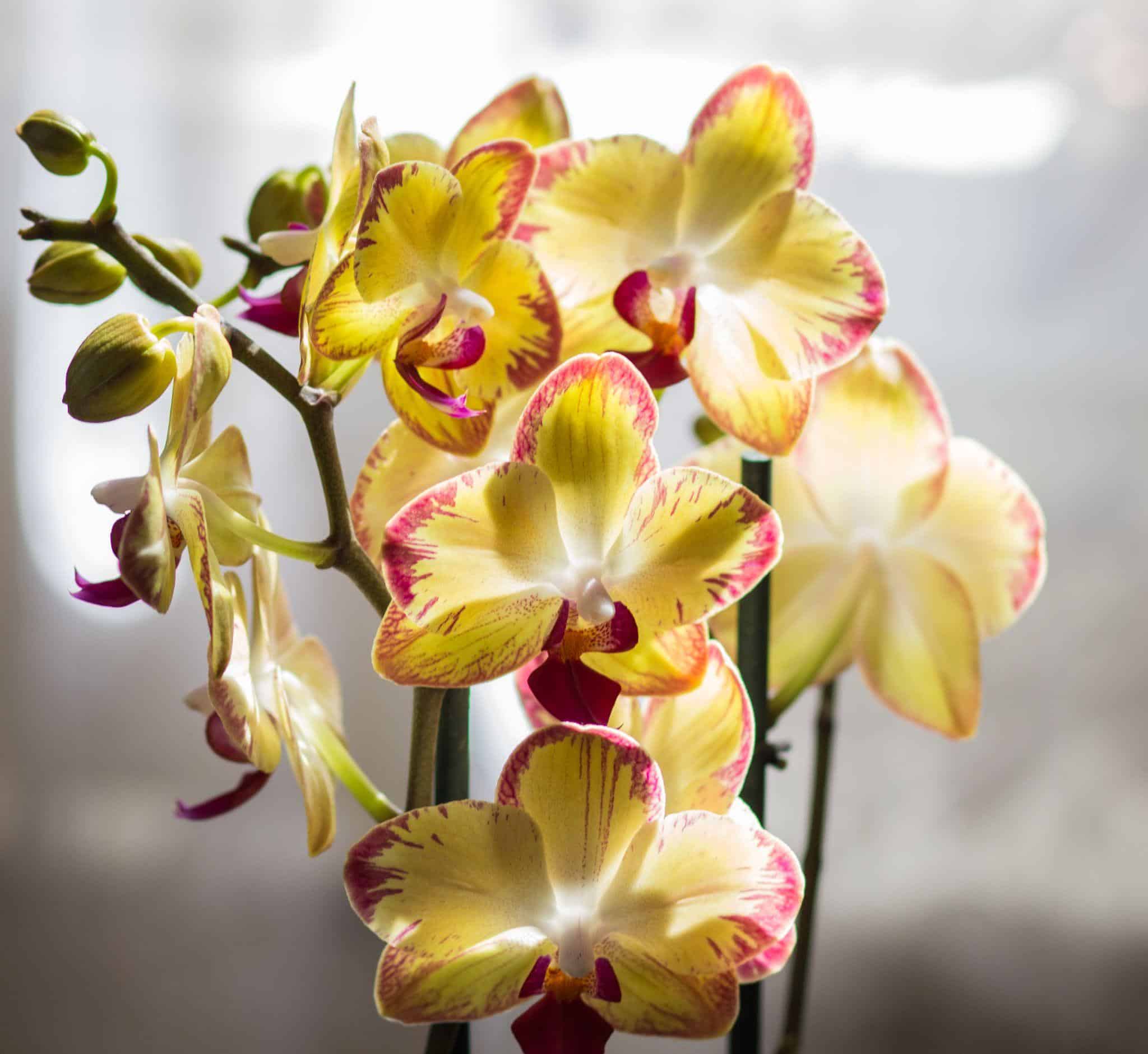
While some orchids can tolerate bathroom conditions, many popular varieties are unsuitable for this environment.
Most orchids require a delicate light, humidity, and air circulation balance.
The stagnant air and potential lack of adequate light in many bathrooms can lead to root rot and an overall decline in orchid health.
Pitfalls:
- Requires specific balance of conditions
- Prone to root rot in stagnant air
- May not receive adequate light in many bathrooms
When selecting plants for your bathroom, it’s crucial to consider the specific conditions of your space, including light levels, humidity, and temperature fluctuations.
Opt for plants that naturally thrive in humid, tropical-like environments, and avoid those that prefer drier conditions or require very specific care.
By choosing the right plants, you can create a lush, inviting bathroom space that benefits from the air-purifying and moisture-absorbing qualities of these green and colorful companions.

